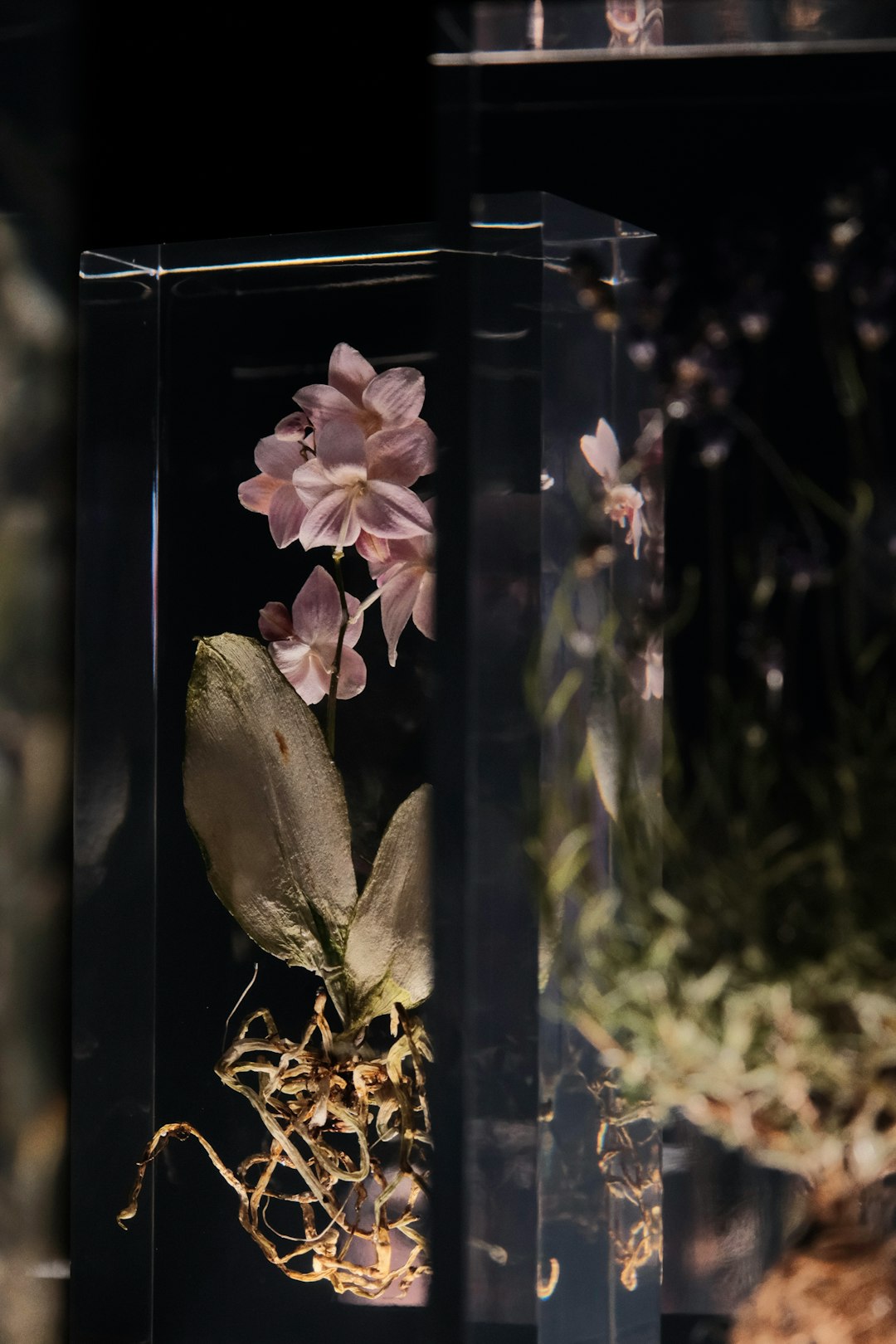
Embarking on the journey of landscaping your yard can be both exciting and daunting, especially if you're a beginner. However, with the right tips and a bit of creativity, you can transform your outdoor space into a beautiful and functional haven. In this article, we'll explore some simple landscape planning tips that will help you take the mystery out of designing your yard's ideal layout.
### Understanding Your Space
Before you start any landscaping project, it's crucial to understand the unique characteristics of your yard. Take the time to assess the size, shape, and slope of your land. Consider the existing features such as trees, shrubs, and buildings. Understanding the natural elements and limitations of your space will help you make informed decisions about the layout and design.
Measure the dimensions of your yard and create a rough sketch. Mark the areas that receive the most sunlight and shade throughout the day. This information will be invaluable when choosing plants and determining the best locations for different features.
### Defining Your Purpose
What do you want to achieve with your landscaping? Are you looking to create a peaceful retreat, a space for entertaining, or a functional garden? Defining your purpose will guide your design decisions and ensure that your yard meets your needs and preferences.
If you're planning to entertain, you might want to include a patio or deck area with seating and a dining space. For a more relaxing atmosphere, consider adding a water feature or a quiet corner with a bench. If gardening is your passion, allocate space for flower beds, vegetable patches, or a greenhouse.
### Choosing the Right Plants
Selecting the right plants is essential for a successful landscape. Consider the climate, soil conditions, and sunlight requirements of your yard. Choose plants that are native to your area, as they are more likely to thrive and require less maintenance.
Create a mix of different plant types, including trees, shrubs, flowers, and groundcovers. This will add variety and texture to your landscape. Pay attention to the height, color, and bloom time of the plants to ensure a continuous display of beauty throughout the year.
### Creating Zones
Dividing your yard into different zones is an effective way to organize the space and create a sense of flow. Each zone can have a specific function, such as a seating area, a play area, or a garden. Use hardscaping elements such as paths, walls, and fences to define the boundaries of each zone.
For example, you can create a separate zone for a vegetable garden by surrounding it with a low fence. A patio or deck can be a distinct zone for outdoor dining and entertaining. By creating clear zones, you can make your yard more functional and visually appealing.
### Incorporating Hardscaping
Hardscaping refers to the non-living elements of your landscape, such as paths, patios, walls, and fences. These elements can add structure, functionality, and visual interest to your yard. When choosing hardscaping materials, consider the style and color of your home and the overall theme of your landscape.
For a natural look, you can use materials such as stone, brick, or wood. Concrete and pavers are also popular choices for their durability and versatility. Use hardscaping elements to create focal points and guide the flow of traffic in your yard.
### Adding Lighting
Lighting is an often overlooked but essential aspect of landscaping. It can extend the usability of your yard into the evening hours and create a warm and inviting atmosphere. There are many different types of lighting available, including path lights, spotlights, and string lights.
Use lighting to highlight the key features of your landscape, such as trees, shrubs, and water features. Path lights can help guide people safely through your yard at night. String lights can add a festive touch to your outdoor entertaining area.
### Maintenance and Care
Once you've designed and installed your landscape, it's important to maintain and care for it properly. Regular watering, pruning, and fertilizing will help keep your plants healthy and looking their best. Keep an eye out for pests and diseases and take appropriate measures to control them.
Clean up fallen leaves and debris regularly to keep your yard looking tidy. Inspect your hardscaping elements for any signs of damage and make repairs as needed. By staying on top of maintenance, you can ensure that your landscape remains beautiful and functional for years to come.
In conclusion, designing your yard's ideal layout doesn't have to be a mystery. By following these simple landscape planning tips, even beginners can create a beautiful and functional outdoor space. Remember to take your time, do your research, and have fun with the process. With a little effort and creativity, you can transform your yard into a haven that you'll enjoy for years to come.

The Secret to Squirrel - Free Potted Plants
The Secret to Squirrel - Free Potted Plants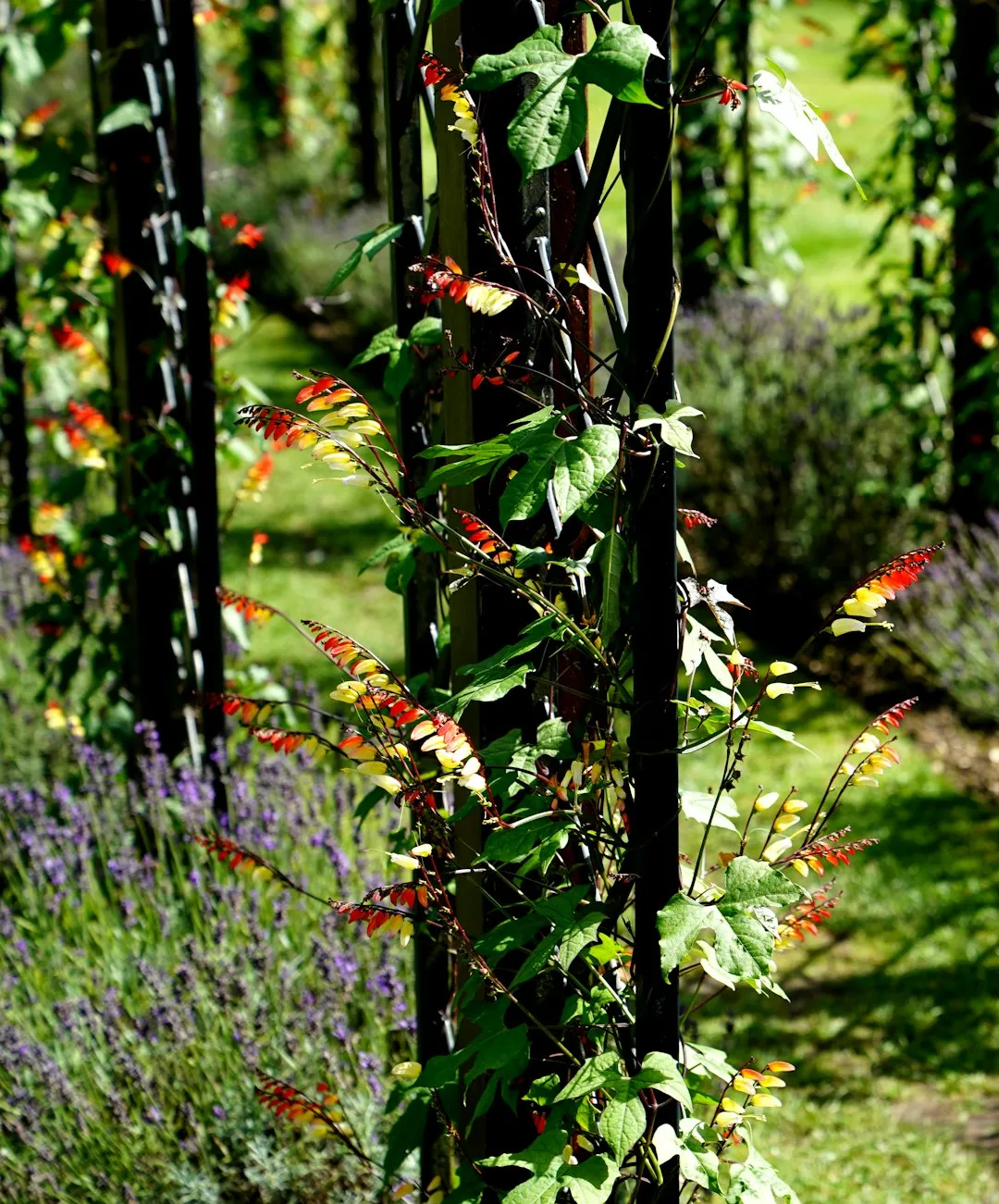
Sweet Rewards: Cultivating Berries in Containers
Sweet Rewards: Cultivating Berries in Containers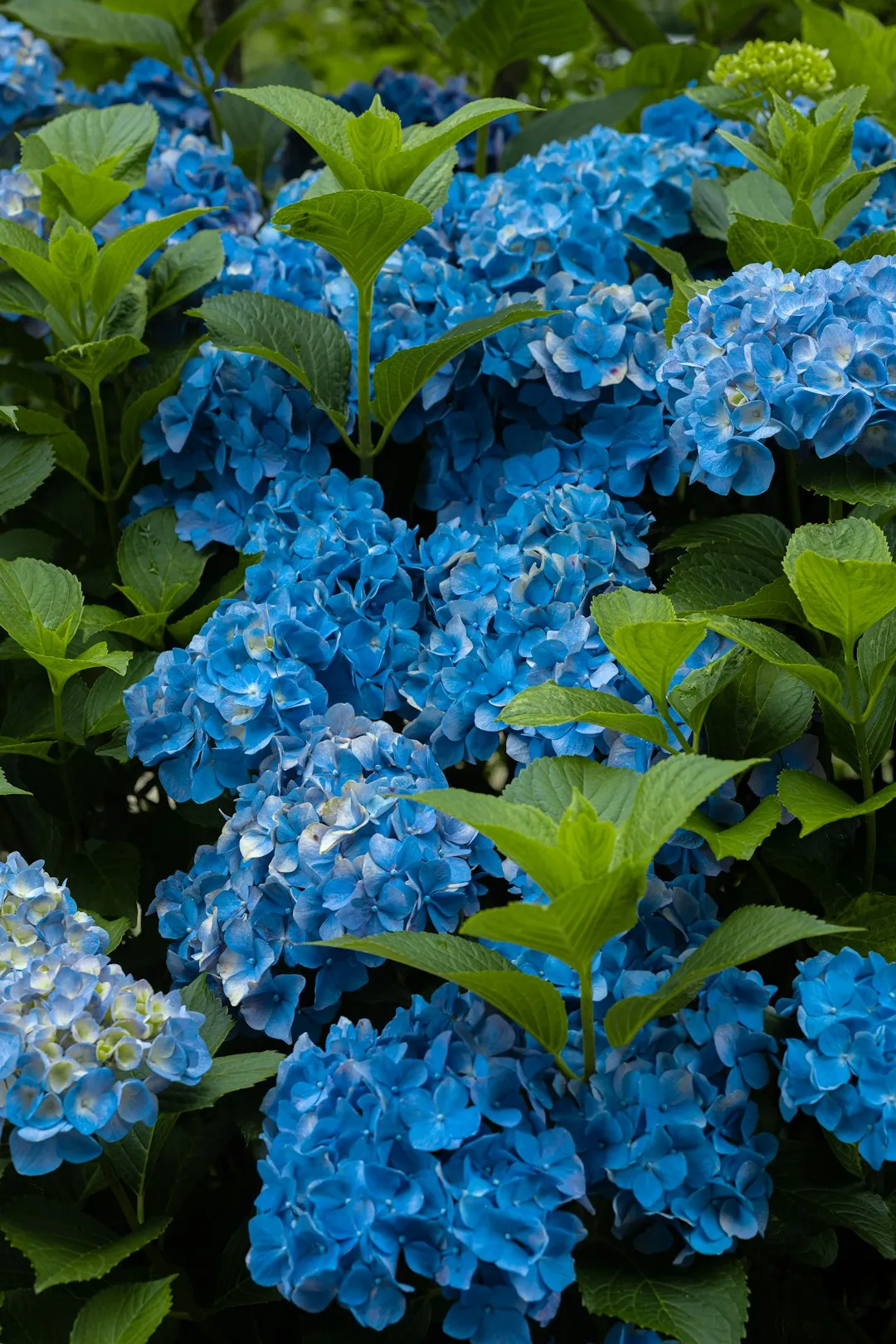
Unveiling the Secrets of a Stunning Lawn
Unveiling the Secrets of a Stunning Lawn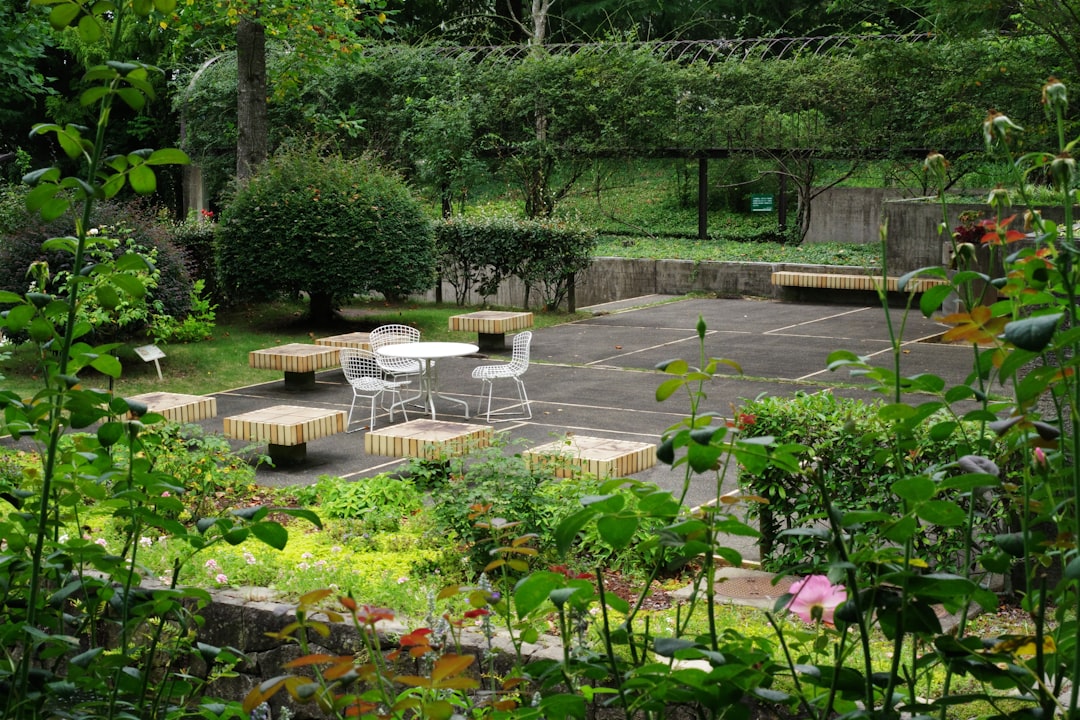
Fall Lawn Maintenance: The Key to a Healthy Yard in Winter
Fall Lawn Maintenance: The Key to a Healthy Yard in Winter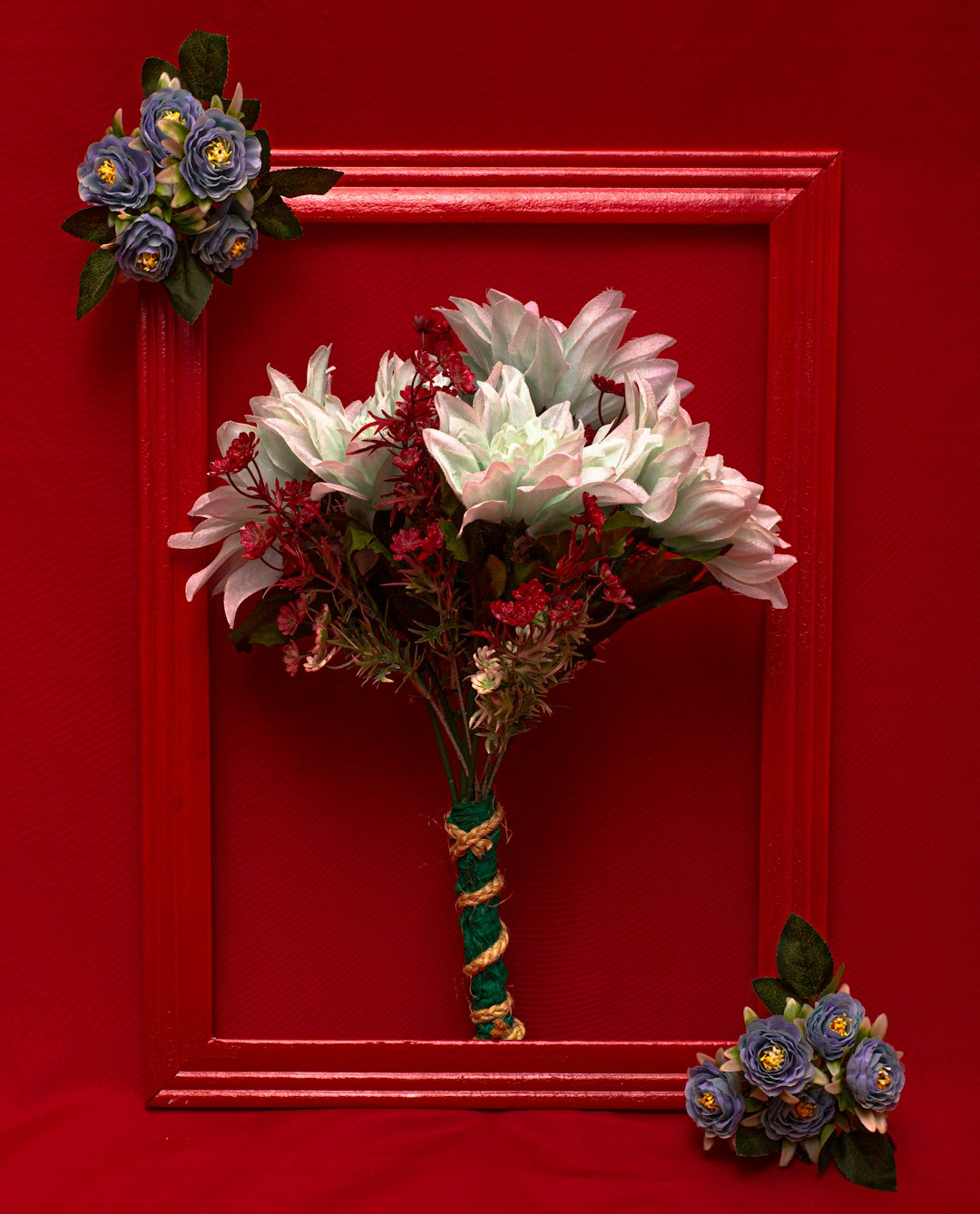
The Secret to Soil Amendment Without Uprooting Your Plants
The Secret to Soil Amendment Without Uprooting Your Plants
Unleash Your Garden's Potential: The Art of Seed Collection
Unleash Your Garden's Potential: The Art of Seed Collection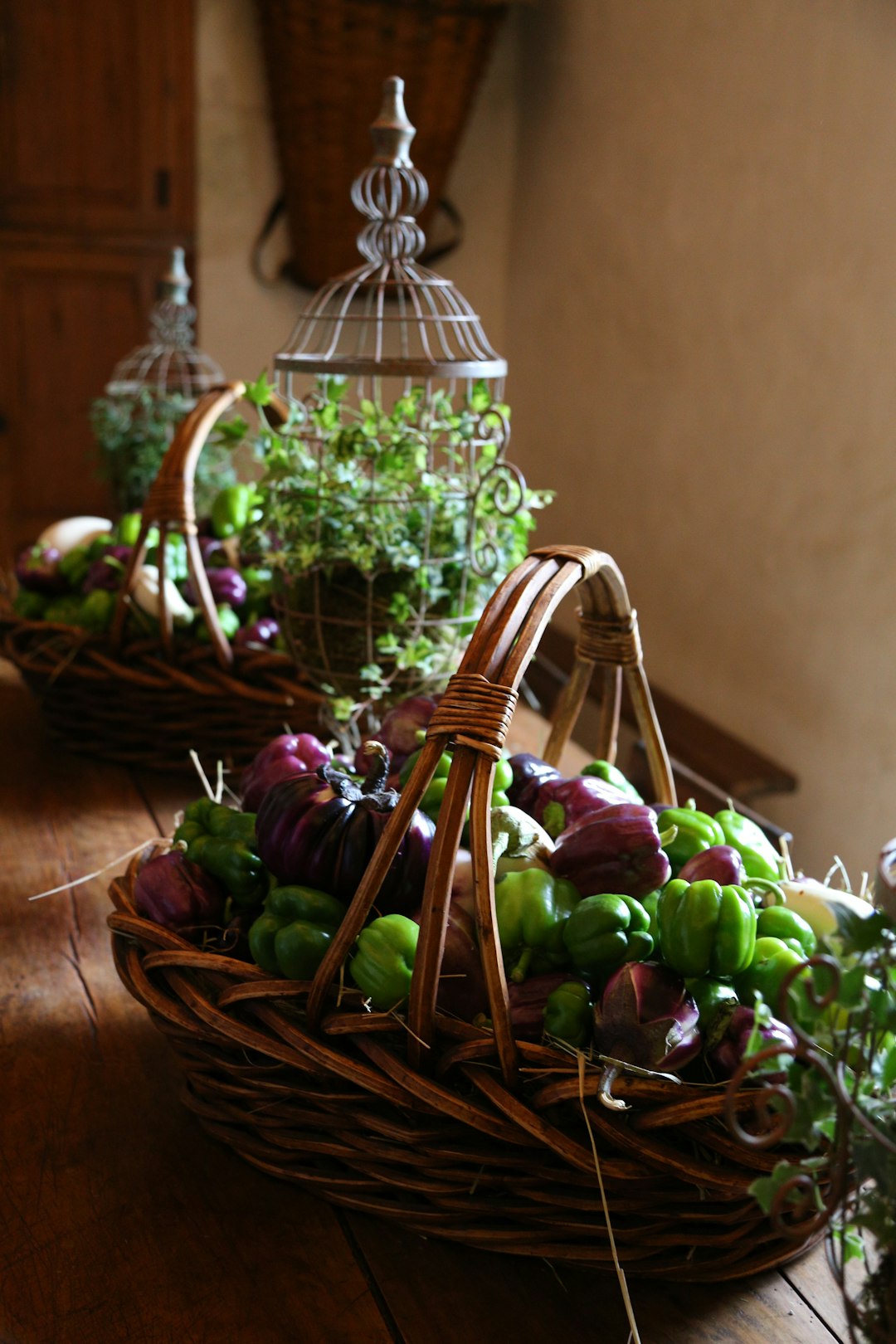
Pre - Summer Yard Care Essentials
Pre - Summer Yard Care Essentials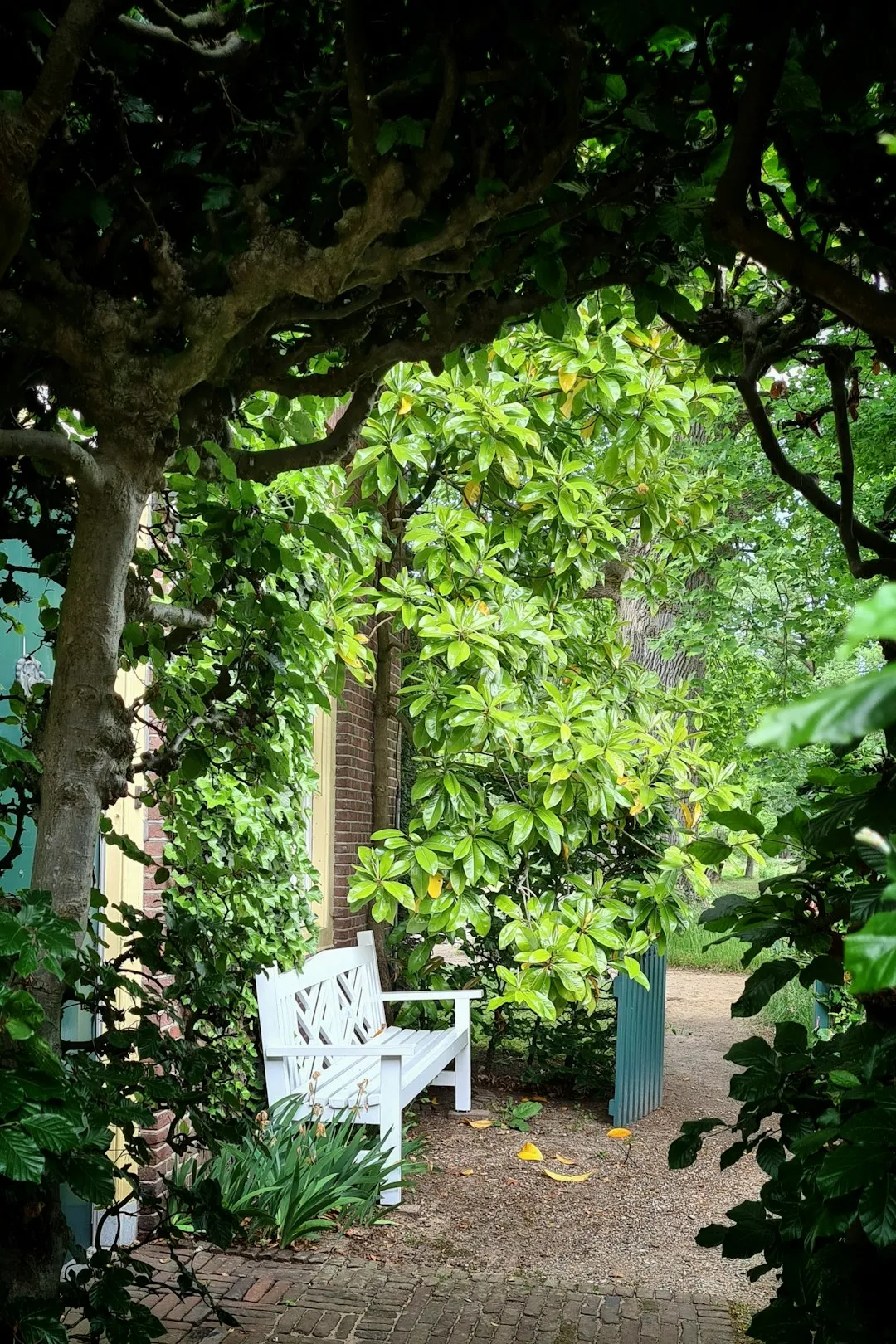
Weathering the Storm: Nurturing Your Garden in Extreme Conditions
Weathering the Storm: Nurturing Your Garden in Extreme Conditions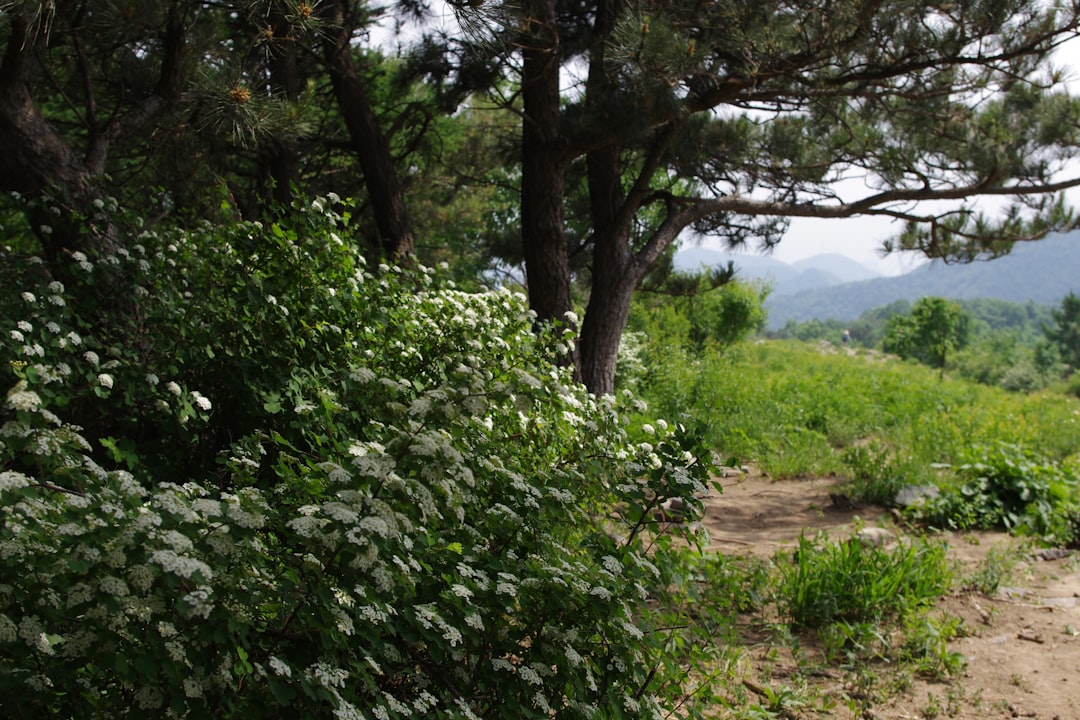
Summer Pruning: The 10 Flowering Plants to Leave Alone
Summer Pruning: The 10 Flowering Plants to Leave Alone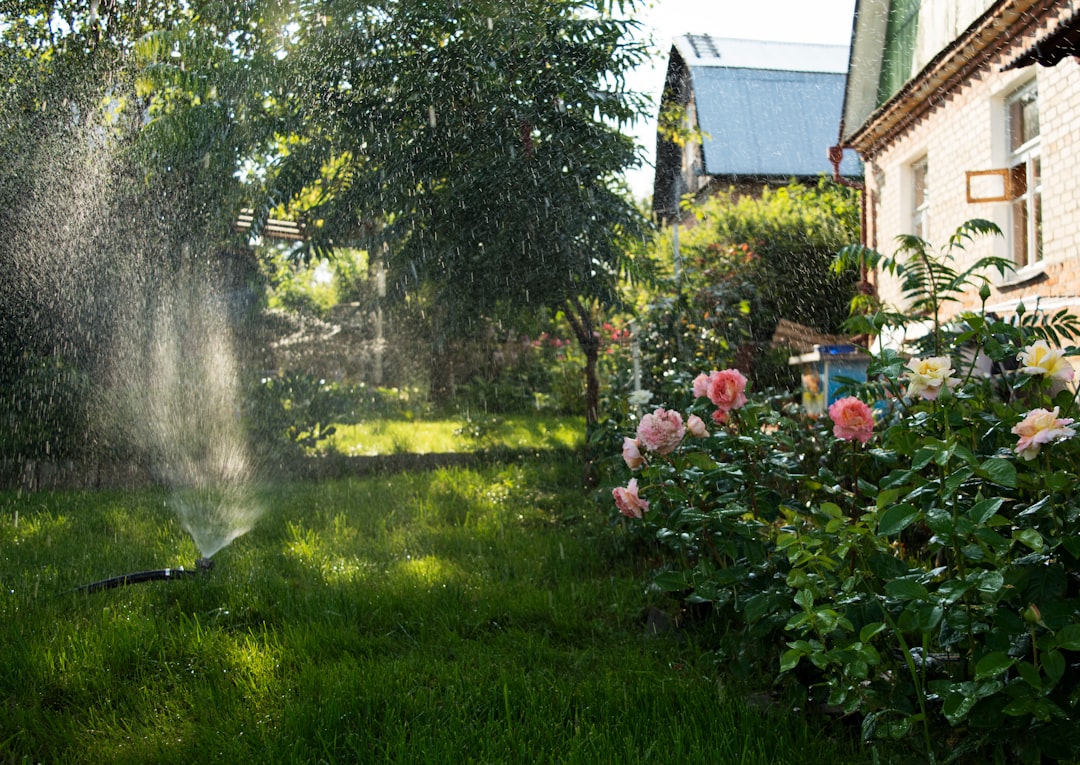
Unveiling the Hidden Gems of Perennial Gardening
Unveiling the Hidden Gems of Perennial Gardening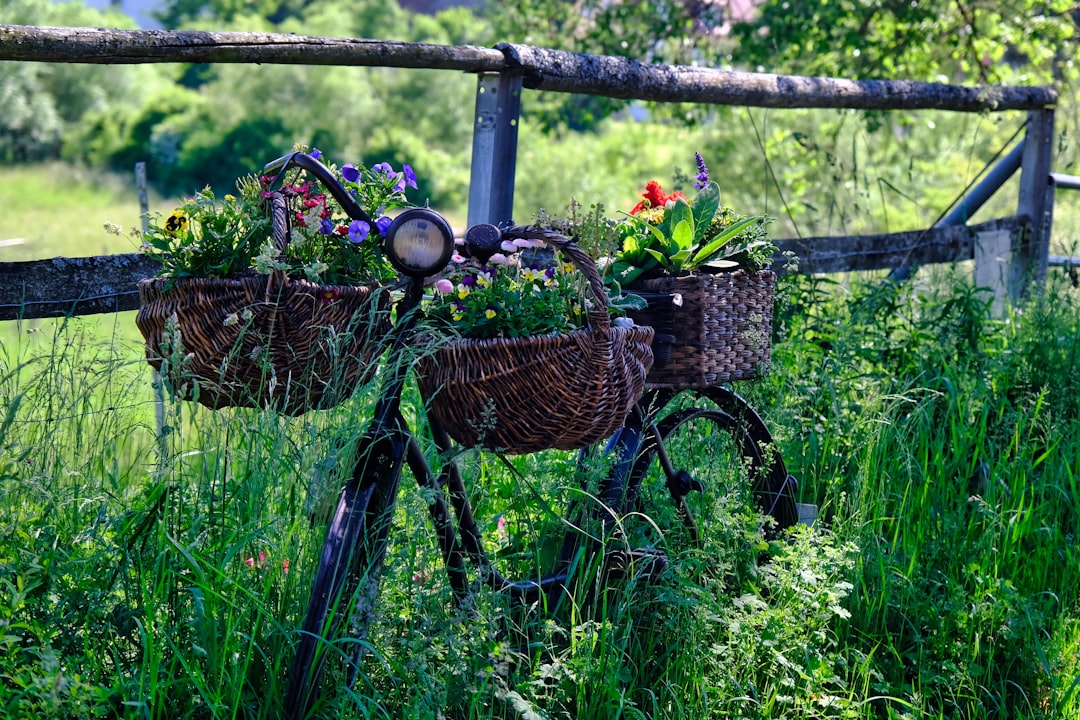
Unleashing the Beauty of Perennial Black - Eyed Susans in Your Garden
Unleashing the Beauty of Perennial Black - Eyed Susans in Your Garden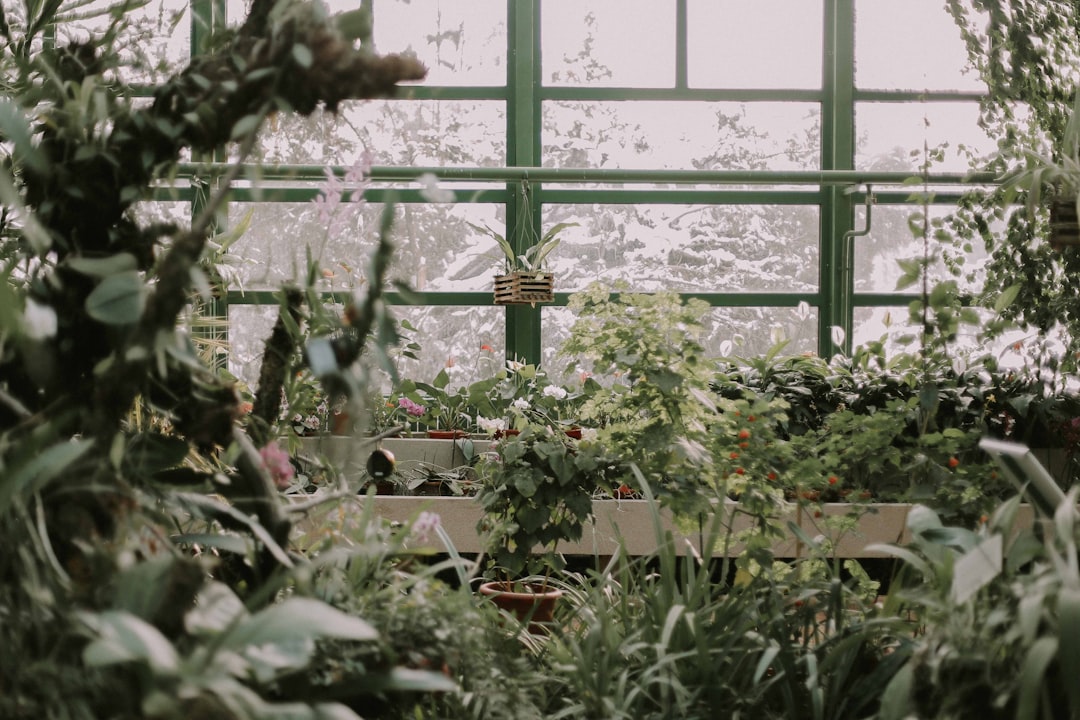
Unveiling the Secrets of Trillium Growth
Unveiling the Secrets of Trillium Growth
The All - Season Charm of Sedum Plants
The All - Season Charm of Sedum Plants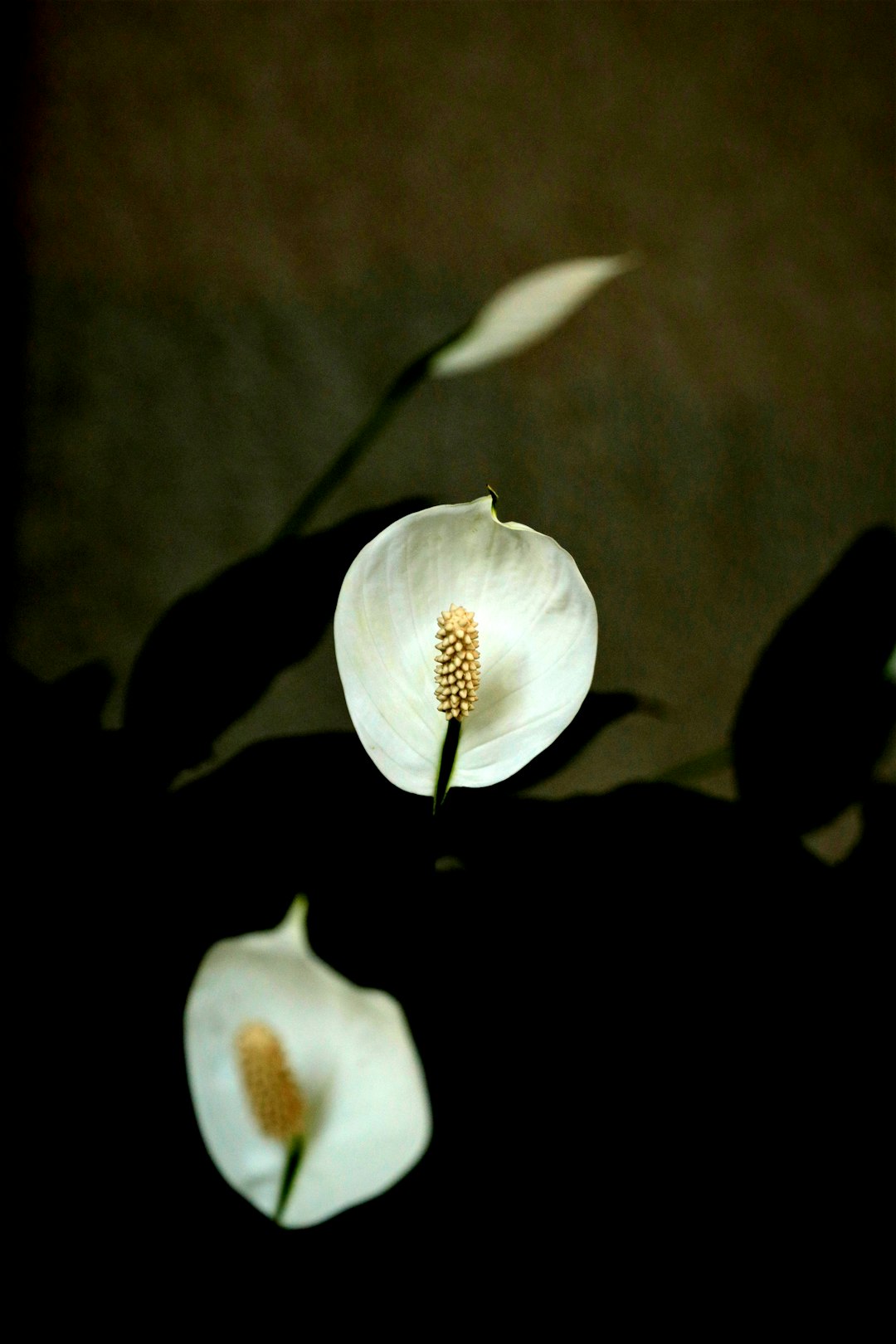
Banishing Snakes from Your Yard: Simple Solutions
Banishing Snakes from Your Yard: Simple Solutions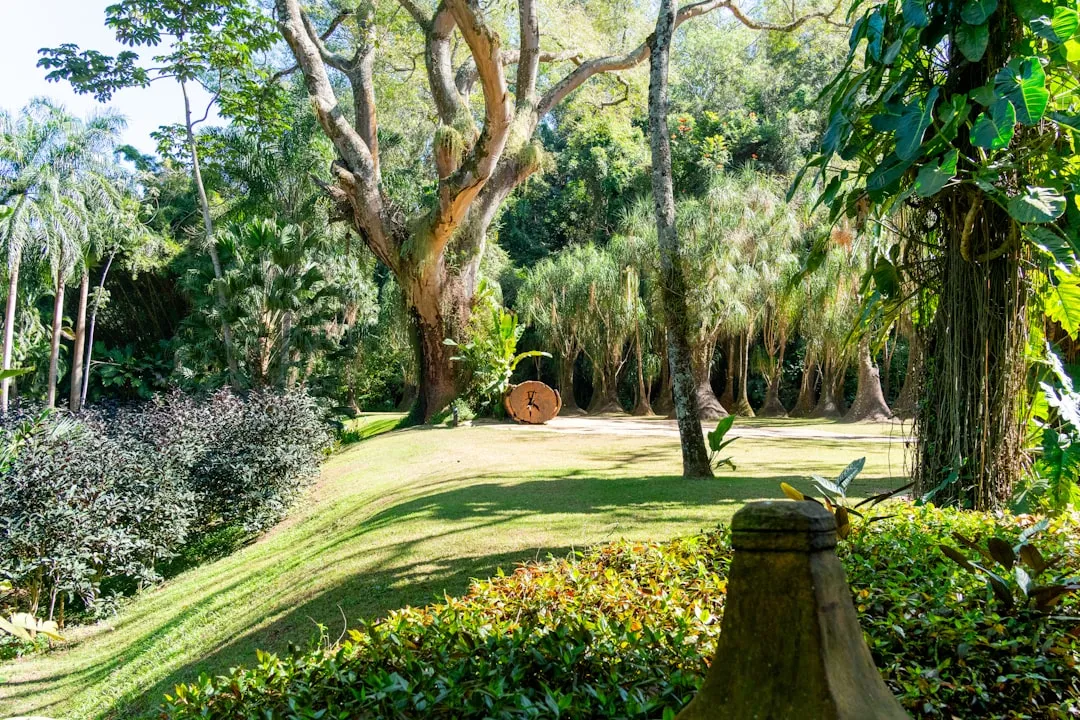
Secrets to a Bug - Free Garden: Conquering Squash Bugs Naturally
Secrets to a Bug - Free Garden: Conquering Squash Bugs Naturally
Transform Your Yard: Banish Crabgrass for Good
Transform Your Yard: Banish Crabgrass for Good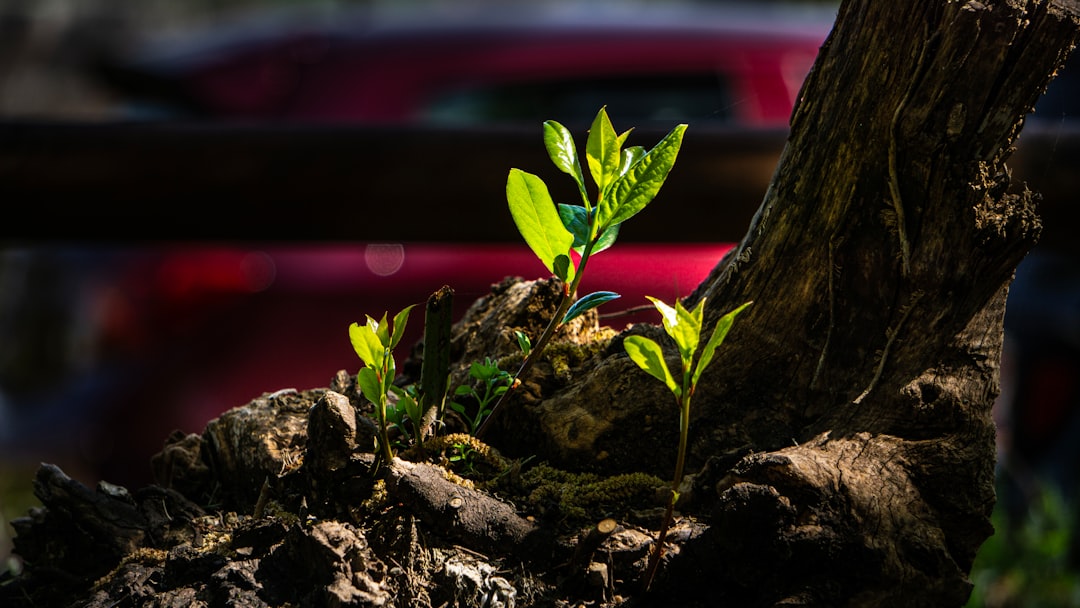
Unveiling the Wonders of a Low - Sun Garden
Unveiling the Wonders of a Low - Sun Garden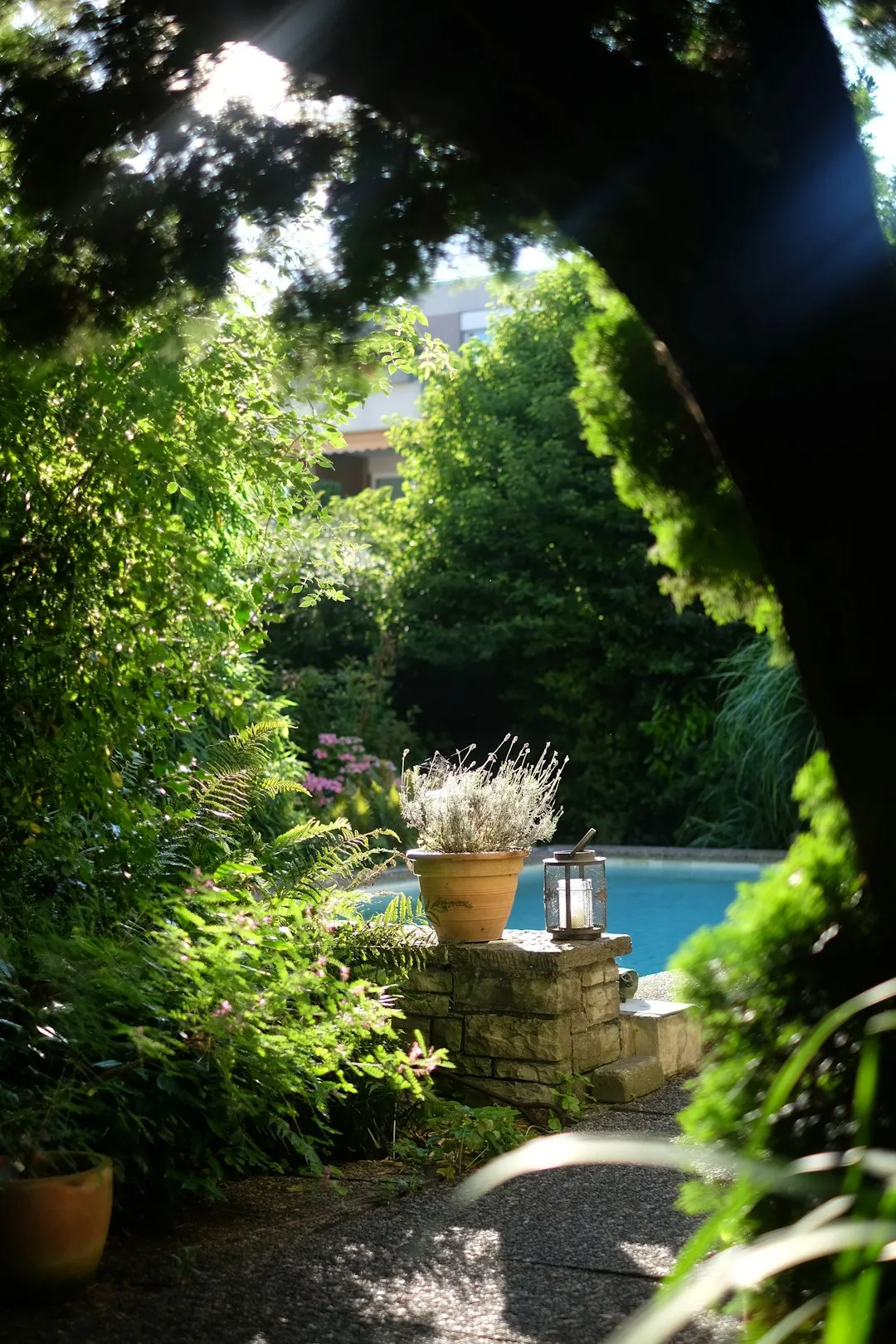
Unleash Your Garden's Potential: The Magic of Lasagna Gardening
Unleash Your Garden's Potential: The Magic of Lasagna Gardening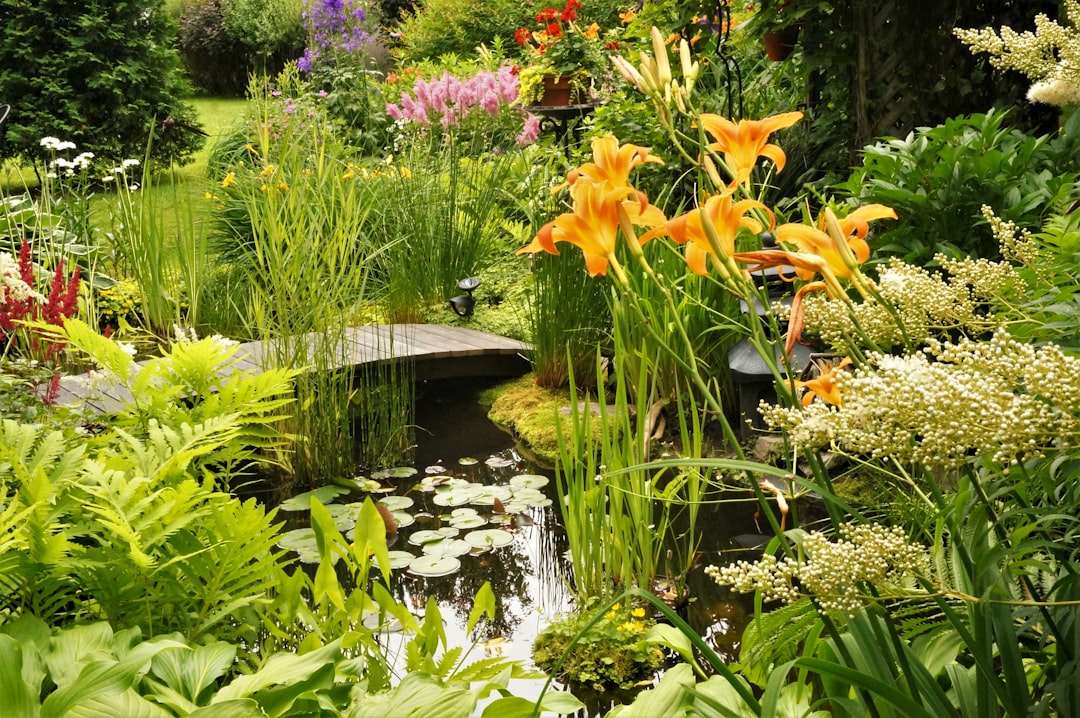
Unveiling the Mysteries of Lunar Gardening
Unveiling the Mysteries of Lunar Gardening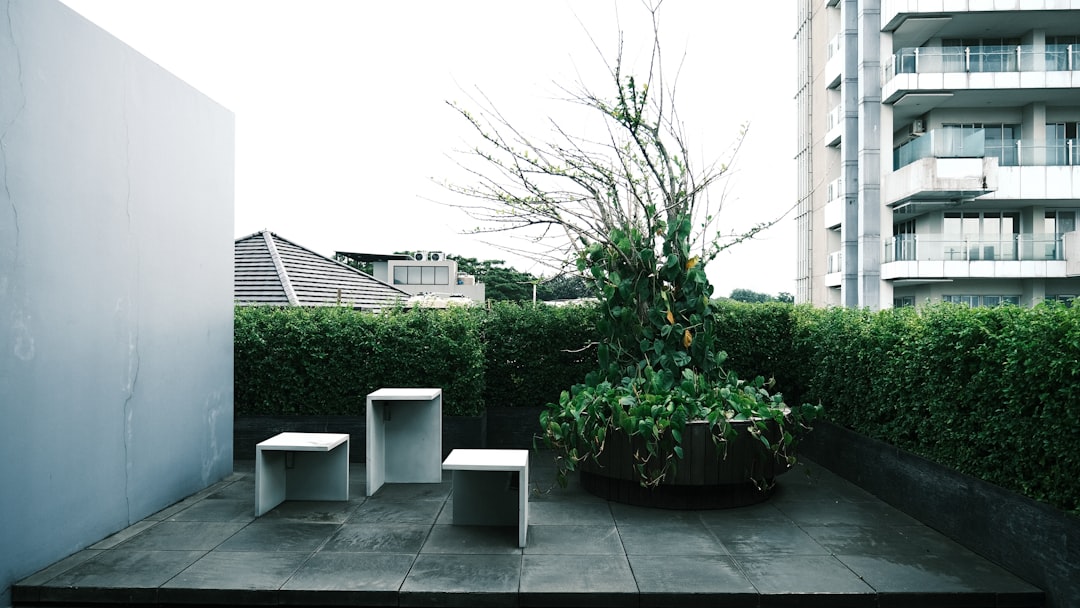
Unleash Your Inner Herbalist: A Guide to Indoor Herb Gardening
Unleash Your Inner Herbalist: A Guide to Indoor Herb Gardening